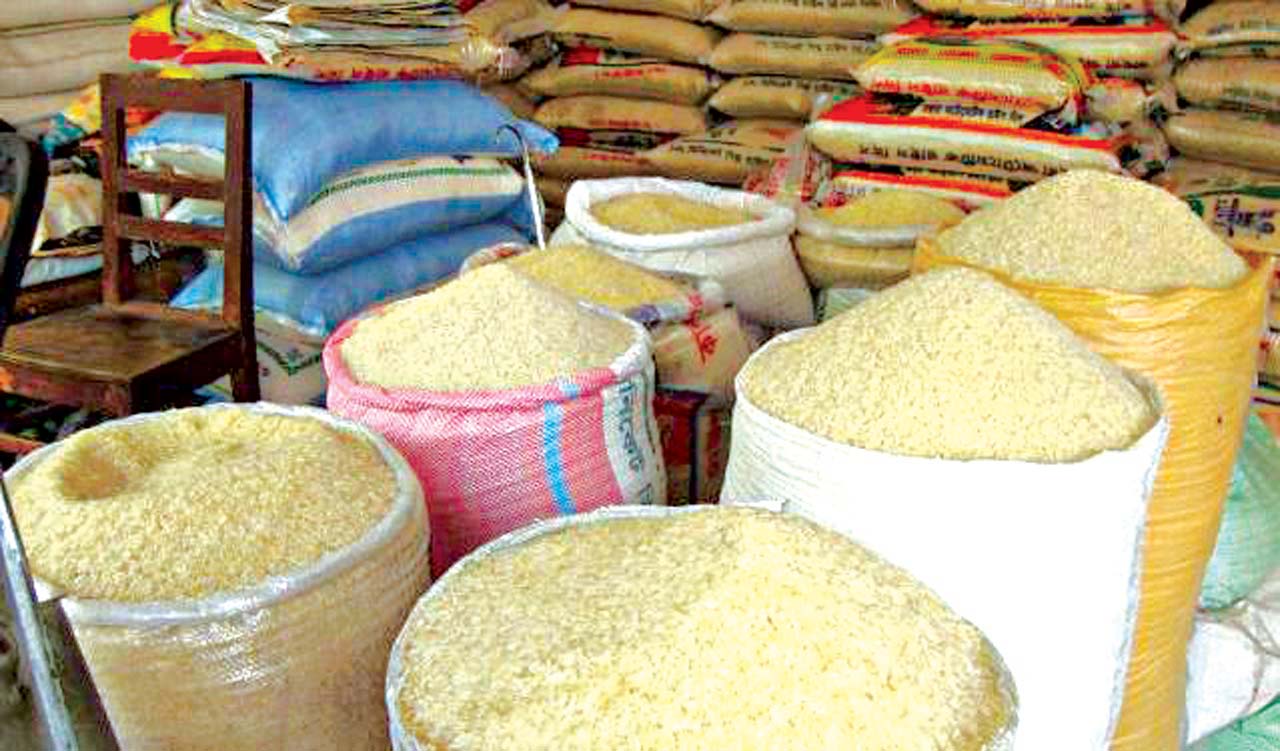As a result of major producing countries’ export bans and El Niño’s ongoing risk, the current World Bank Global Commodity Outlook predicts that rice prices won’t decline dramatically until 2025.
The analysis stated that there is an estimated additional 6 per cent increase in global rice prices in 2024 after they increased by 28 per cent on average in 2023 compared to 2022.
The USDA, Foreign Agricultural Service, Production, Supply, and Distribution database indicates that high demand from Indonesia, the Philippines and Malaysia caused price bids from Thailand to increase since September.
In reaction to India’s export prohibition on regular-milled white rice, Thailand’s 100 per cent Grade B long-grain milled rice was priced at $629 per tonne in September, while Vietnam’s prices increased to $645 a tonne by the end of August.
Similar to Thailand, Vietnam’s prices increased from late July to late August, mostly as a result of India’s export restrictions and the quick purchases made by a few large importers in preparation for significantly reduced exportable supply. Argentina’s price quotations were estimated to be $695 per ton, $155 more than in August.
The price quote for US long-grain milled rice, Number 2 Grade, with 4 per cent broken kernels (Iraqi requirements) is $760 per tonne, the highest since early October 2008 and steady since late January.
Since September 12, US price bids for Latin American markets, which have remained stable since late January, were $725 per tonne.
The price (per tonne ) of California medium-grain milled rice, Number 1 Grade (4-percent brokens), remained at $1,650 stable since late December 2022 and the highest on record for this specification.
Despite opening the border and lifting ban on forex for 43 commodities, including rice, import will not be cheaper because of the global dynamics influenced by geopolitics, declining output and high demand pushing prices up.
Experts said increasing local production was the best way to go.
The president of the All Farmers Association of Nigeria (AFAN), Kabiru Ibrahim, an architect, said the government must subsidise production in certain commodities and offer limited protectionism for some of the key industries.

 Join Daily Trust WhatsApp Community For Quick Access To News and Happenings Around You.
Join Daily Trust WhatsApp Community For Quick Access To News and Happenings Around You.


